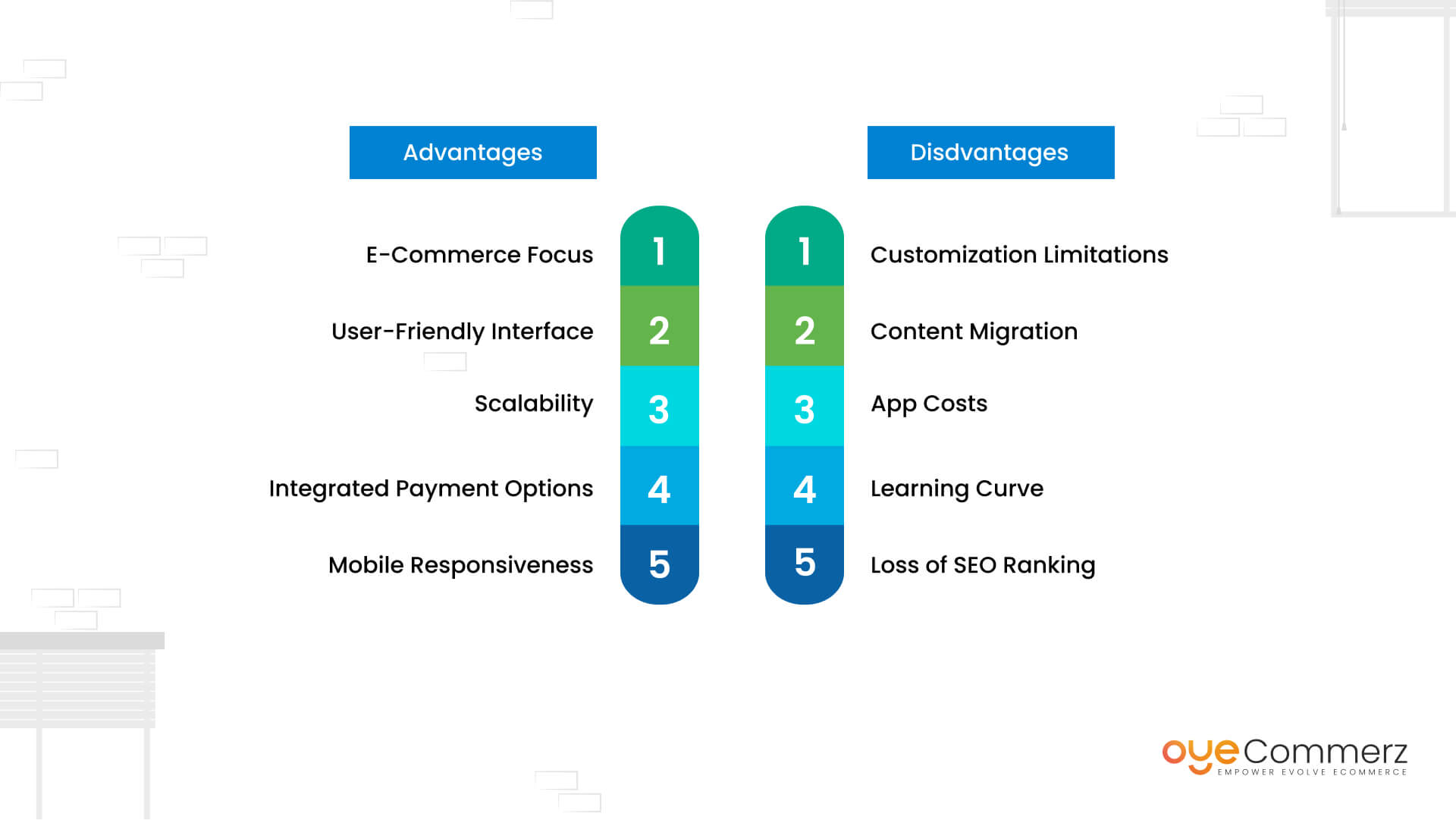Shifting from WordPress to Shopify marks an promising step in optimizing your e-commerce processes. As companies grow, choosing a platform that aligns with scalability, UX, and customization becomes crucial. Shopify has emerged as a favorite for online merchants, providing unmatched adaptability, security, and user-friendliness. In this guide, we’ll explore why this migration is a game-changer, highlight the benefits, and share actionable steps to ensure a smooth move.
1. Top Reasons to Transition from WP to Shopify
WordPress, paired with WooCommerce, continues to support countless online stores. Nevertheless, as businesses expand, issues like reliance on plugins, data risks, and complex setups can hinder growth. Shopify, designed explicitly for digital retail, eliminates these issues with an all-in-one, intuitive platform. Real data supports this transition—Shopify powers over 4.4 million stores worldwide, with a reported 10% boost to sales conversion rates for numerous merchants post-switch.
2. Key Benefits of Shopify for E-commerce Success
Shopify’s robust ecosystem is tailored for expanding businesses. Its notable benefits include:
- Effortless Design Flexibility: Shopify provides over 80 expertly crafted themes.
- Integrated Tools: Capabilities such as Shopify Payments and integrated SEO save time and effort.
- International Expansion: Currency versatility and regional customization empower businesses to reach global markets.
Additionally, Shopify boasts an uptime rate of 99.98%, guaranteeing your store remains accessible.
3. Preparing for WP to Shopify Migration
Before migrating, assess your current store. Review inventory details, client information, and SEO performance. Resources such as Shopify’s Migration Kit or external tools can simplify this process. Create a detailed strategy, making sure all resources—item details, media files, and articles—are ready for seamless import.
4. Data Migration: A Critical Step
Transferring your data is a cornerstone of a smooth platform switch. When migrating from WP to Shopify, prioritize:
- Product Information: SKU, descriptions, and categories.
- Client Information: Emails, purchase records, and custom fields.
- SEO Optimization: Preserve meta tags, URLs, and forwarding paths to maintain search rankings.
Leverage apps like LitExtension to streamline data transfer while minimizing errors.
5. Customizing Your Shopify Store
After the move, personalizing your Shopify store helps it reflects your brand. Utilize Shopify’s drag-and-drop editor to design pages effortlessly. Shopify's themes are mobile-responsive, ensuring a smooth UX across platforms—a critical factor, since 74% of online shopping comes from mobile visitors.
6. How to Protect Your SEO Rankings When Switching Platforms
SEO is vital for preserving your visibility during migration. Shopify excels in SEO with organized link formatting, built-in optimization tools, and seamless blog integration. Make sure you:
- Implement 301 redirects for existing links.
- Enhance updated content with targeted phrases.
- Use Shopify's apps Plug in SEO to track analytics post-migration.
7. Essential Tests After Migrating to Shopify
Once the migration is complete, run detailed checks.
Check: - Website speed (Shopify delivers faster speeds compared to WP).
- Functionality of payment gateways and checkout processes.
- Mobile responsiveness.
Testing guarantees your store delivers a smooth shopping experience from day one.
8. Case Study of a Successful Migration
One such migration success story is Gymshark, a fitness apparel brand that transitioned to Shopify. Post-migration, the company experienced a 60% increase in mobile sales and significantly lowered site Migration from WordPress CMS downtime. This highlights the capabilities of Shopify in enhancing e-commerce growth.
9. Challenges and Solutions
Migration comes with challenges, such as information accuracy and adjusting tailored features. However, Shopify’s extensive assistance and external professionals simplify the process. Partnering with qualified Shopify developers helps guarantee a smooth transition.
10. Starting Your Journey with Shopify
Migrating from WordPress to Shopify represents a forward-thinking approach to Migration for WordPress websites e-commerce. By focusing on growth, streamlining operations, and improving buyer satisfaction, Shopify empowers businesses to succeed in competitive markets.
Conclusion
Transitioning from WordPress to Shopify offers a smart solution that can significantly boost your online business performance. With a well-structured strategy, the appropriate resources, and professional guidance, you can unlock new success milestones.
Excited to start the journey? Reach out today to learn how our Shopify migration services can transform your e-commerce platform. Get in touch today, or consider: Is it time to seize Shopify’s advantages for your store?
